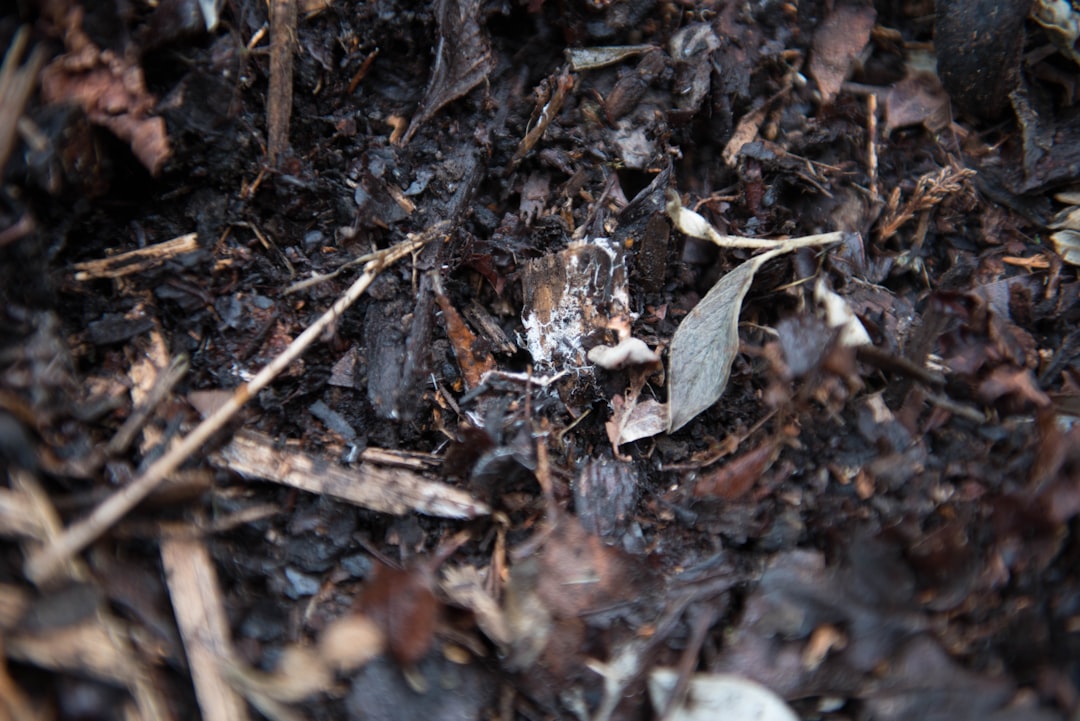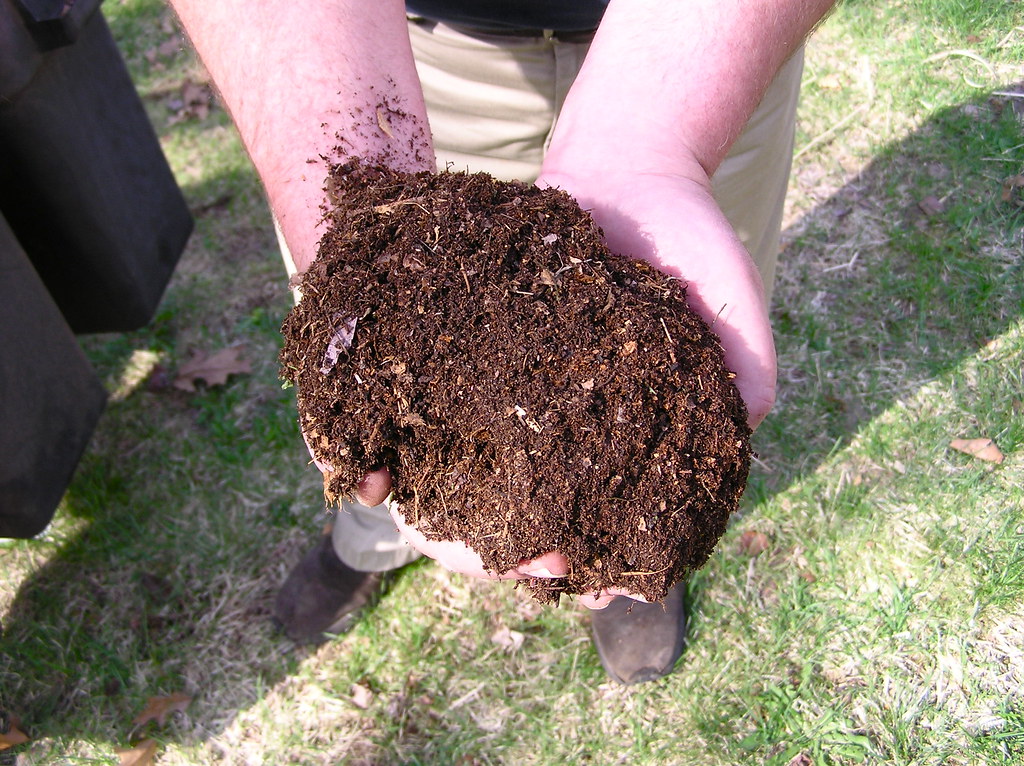Diving into the world of composting at home can transform your household waste into garden gold, but where do you begin? This guide will unveil the simple steps to start your composting journey, ensuring nothing goes to waste. Did you know that composting can reduce household waste by up to 30%? Discover how to make a positive impact on the environment right from your backyard.
-
-
-
-
-
-
-
-
-
-

Deciding on the best composting method for your home is crucial for a successful composting journey. Factors such as the size of your household, the amount of organic waste you produce, and the space available for composting play significant roles in this decision. Traditional compost bins are great for larger gardens, allowing for easy turning and aeration of the compost. Vermicomposting, or worm composting, is an excellent choice for those with limited outdoor space, such as apartment dwellers, as it can be done indoors and produces nutrient-rich compost quickly. Bokashi composting is another method suitable for indoor composting, particularly for those looking to compost meat and dairy products, which are typically not recommended for other composting methods. Assessing your needs and constraints will guide you in choosing the right composting method that fits seamlessly into your lifestyle.
Setting up your composting system doesn't have to be complicated. Here's a simple step-by-step guide to get you started. First, choose a suitable location for your compost bin or pile; it should be easily accessible yet not too close to your living areas to avoid any potential odors. If you're using a compost bin, ensure it's placed on bare earth to allow worms and other beneficial organisms to enter. Next, start layering your organic waste, alternating between nitrogen-rich 'greens' such as vegetable peels, coffee grounds, and grass clippings, and carbon-rich 'browns' like dried leaves, straw, and shredded paper. This balance is crucial for efficient composting. Moisten your pile as you go to accelerate the decomposition process but avoid making it too wet. Cover your compost pile with a tarp or lid to retain moisture and heat, which are essential for composting. Finally, turn your compost every few weeks to aerate it, speeding up the composting process. With patience and a little effort, you'll soon have rich, nutritious compost for your garden.
| Step | Description |
|---|---|
| 1. Choosing the Right Composting Method | Decide whether to use a compost bin or a designated area in your yard. |
| 2. Setting Up Your Composting System | Prepare your chosen composting method following a step-by-step guide. |
| 3. Essential Tips for Maintenance | Maintain a balance of greens and browns, keep the compost moist, and turn it regularly. |
| 4. Troubleshooting Common Challenges | Learn how to address issues like pests, odors, and slow decomposition. |

Maintaining a healthy compost pile is crucial for efficient decomposition and nutrient-rich end product. Here are some essential tips to keep your compost pile thriving:
Aerate Regularly: Oxygen is vital for the composting process. Turn your pile every 2-4 weeks to introduce air and prevent anaerobic conditions, which can slow down decomposition and produce unpleasant odors.
Balance Green and Brown Materials: Your compost needs a good balance of nitrogen-rich green materials (like kitchen scraps and lawn clippings) and carbon-rich brown materials (such as dried leaves and cardboard). A ratio of about 3 parts brown to 1 part green is often recommended.
Maintain Moisture: Your compost pile should be as moist as a wrung-out sponge. Too dry, and the decomposition will stall; too wet, and you risk creating anaerobic conditions. Add water or dry materials as needed to maintain the ideal moisture level.
Monitor Temperature: A healthy compost pile will heat up as the materials break down. This is a good sign that your pile is active. If the pile cools down but isn’t fully decomposed, it may need more green materials, water, or aeration.
Keep it Covered: A cover can help maintain moisture, regulate temperature, and prevent animals from getting into your compost. A simple tarp or a lid for your compost bin will work.
By following these tips, you can ensure your compost pile remains healthy and efficient, transforming your waste into valuable compost for your garden.

Starting a compost at home is a simple yet effective way to contribute to a greener earth, an essential step for those interested in sustainable living. It ties perfectly into the concept of building an eco-friendly treehouse, as both actions focus on minimizing environmental impact and promoting a healthier planet. Utilizing compost in the treehouse garden not only enriches the soil naturally without chemical fertilizers but also keeps organic waste out of landfills, reducing methane emissions. By integrating the principles of home composting, one can ensure that the ultimate backyard retreat is not only a place of relaxation and joy but also a haven that actively contributes to the well-being of our environment. For those looking to embrace this journey, discover how to create an eco-friendly oasis in your backyard by exploring Building an Eco-Friendly Treehouse: The Ultimate Backyard Retreat.
For a comprehensive guide on how to start composting at home, including what materials to use and how to maintain your compost pile, visit the United States Environmental Protection Agency's website: https://www.epa.gov/recycle/composting-home.
Even with the best setup and maintenance, composting can sometimes present challenges that need to be addressed to ensure the health and efficiency of your composting system. One common issue is the compost pile not heating up, which is often due to a lack of nitrogen-rich materials ('greens'). Adding more kitchen scraps, coffee grounds, or grass clippings can help. Another frequent problem is an unpleasant odor, which usually indicates too much moisture or not enough air circulation. Turning the pile more frequently and adding dry, carbon-rich materials ('browns') like dried leaves or shredded newspaper can resolve this. If your compost is attracting pests, ensure that it's properly covered and avoid adding meat, dairy, or oily foods. Lastly, if the composting process is taking too long, try to increase the surface area of the materials by chopping or shredding them before adding to the pile, and ensure the pile is properly aerated and moist. With these troubleshooting tips, most common composting challenges can be easily overcome, leading to a successful and rewarding composting experience.
Immerse yourself in architecture’s most boundary-pushing ideas—where innovative home improvements meet visionary urban developments. Discover new building techniques, materials, and creative concepts that are redefining how we shape our spaces on a global scale.